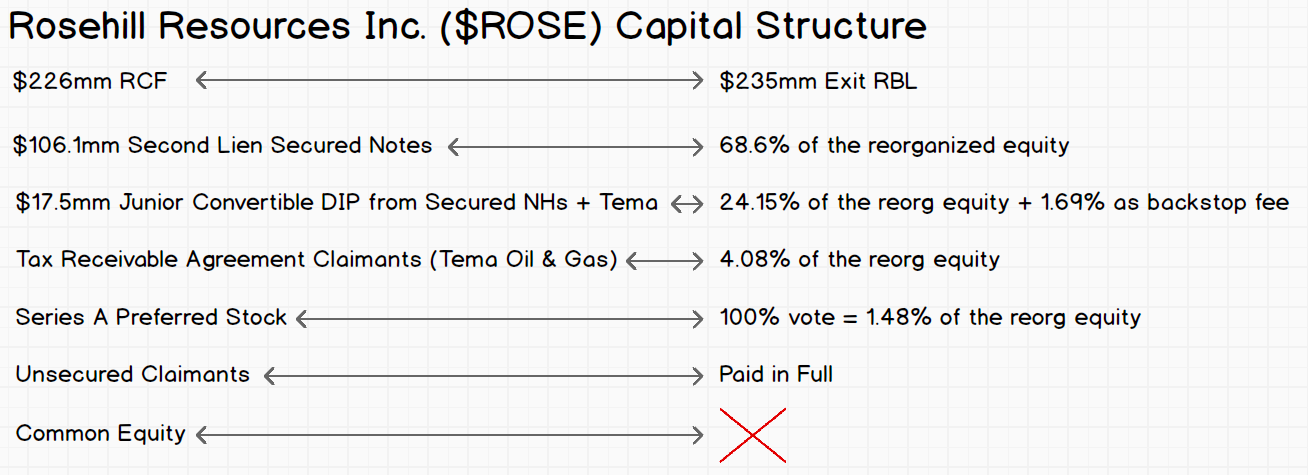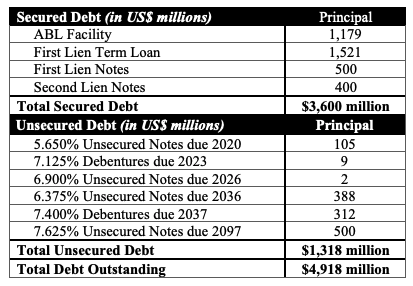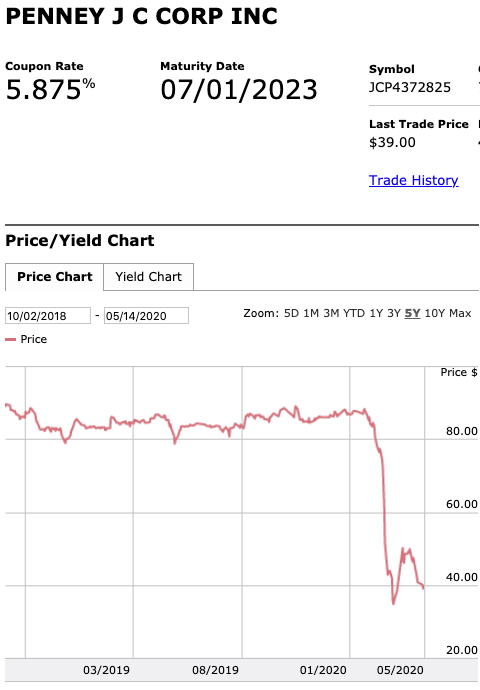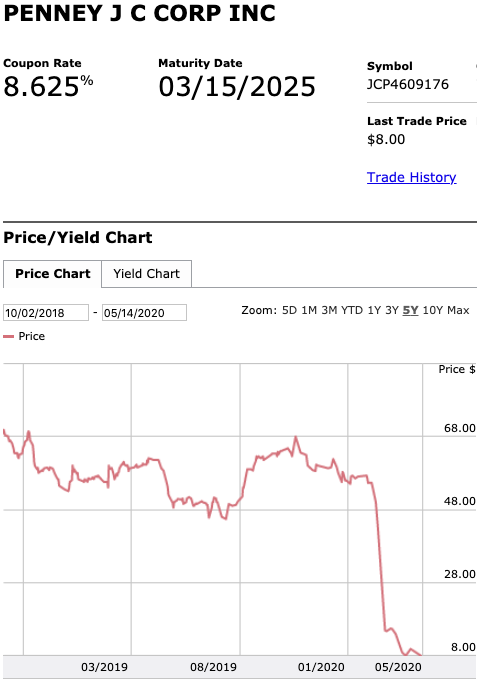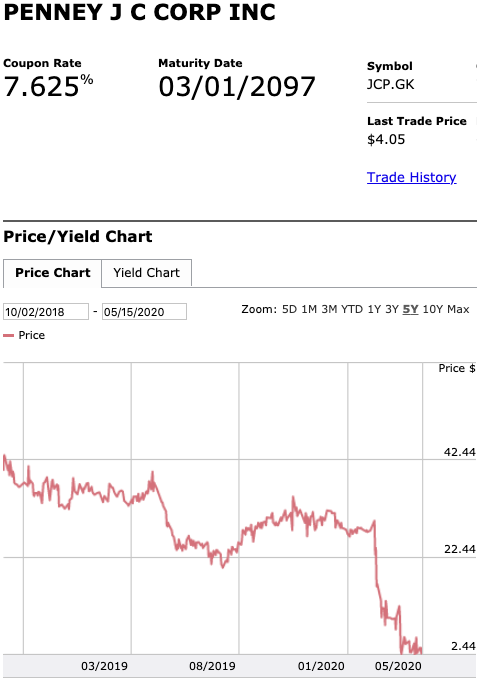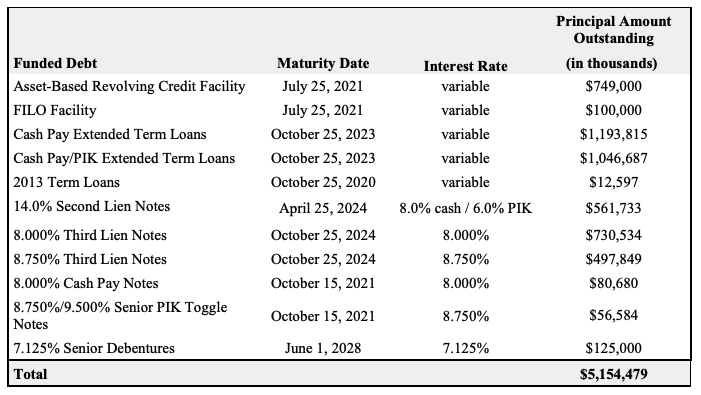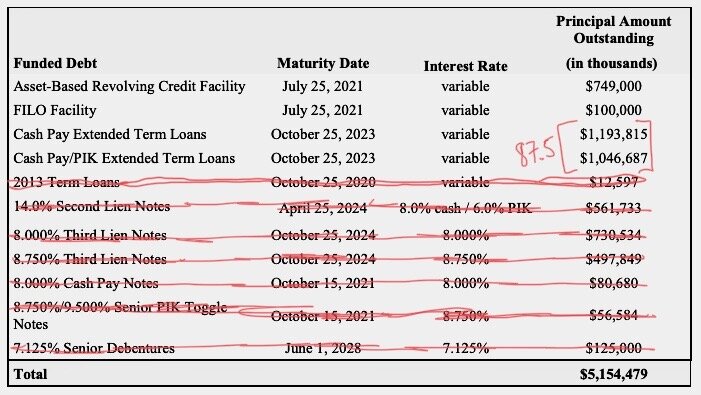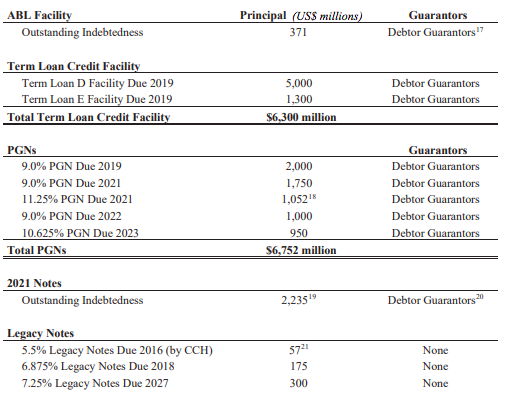⚡️New Chapter 11 Bankruptcy Filing - Griddy Energy LLC⚡️
Griddy Energy LLC
Sooooooo this one was predictable. The writing was on the wall a few weeks ago and we noted in “💥Is Texas F*cked?💥,” that Griddy Energy LLC was a likely bankruptcy candidate.* On Sunday, we noted how recent PUCT/ERCOT decisions to extend the deadline “…for electric retailers to dispute the ridonkulous liabilities imposed upon them after the now-infamous Texan storm” — liabilities that already claimed Just Energy Group Inc.($JE) and Brazos Electric Power Cooperative Inc. as victims — might buy time for certain other players in the stack to figure out their futures. By then, however, it was already too late for Griddy. On February 26, 2021, ERCOT forced the mass transition of Giddy’s customers to other electricity providers.
Griddy’s whole business model was passing through wholesale pricing sans mark-up to 29,000 retail end customers in exchange for a monthly fixed fee of $9.99. Through this model, Griddy claims to have saved its customers more than $17mm since 2017. Griddy argues that at no point since its inception was its model targeted as problematic by the PUCT. PUCT, after all, granted Griddy’s license.
That all obviously changed with February’s big storm. Per the debtor:
During the winter storm in Texas in February 2021, Griddy and its customers suffered as a result of (a) inaccurate information from ERCOT about the preparedness of the electricity grid for the 2020-2021 winter season, (b) the decision by the PUCT to order electricity prices be set to $9,000 per megawatt hour (“MWh”), and (c) ERCOT’s decision to hold electricity prices at $9,000 per MWh for 32 hours after firm load shed had stopped. Prior to the PUCT order, the real-time electricity price had reached $9,000 per MWh for a total of only 3 hours since 2015. In contrast, after the PUCT order, the electricity price was set to $9,000 per MWh for 87.5 hours between February 15, 2021 and February 19, 2021.
This obviously creates a whole host of issues when, in turn, you’re only getting $9.99 per customer per month (plus other passthrough expenses) for a total of $289.7k in revenue a month. Prior to the storm, Griddy was solvent. As of the petition date, it has only $1.448mm of pre-petition debt outstanding (due to Macquarie Investments US Inc.). Griddy obviously blames the reversal of that fortune on ERCOT’s missteps and poor planning. Per the debtor:
Prior to the mid-February winter storm event, Griddy was solvent. As discussed above, the failures of ERCOT and resulting actions taken by the PUCT during the winter storm event resulted in Griddy’s loss of all of its customers and forced Griddy to file this case. The winter storm event also left Griddy in an untenable position – engage in aggressive collection actions against customers for exceedingly high prices for wholesale electricity and ancillary services (which is not its preference) and fight baseless lawsuits – or file for bankruptcy and distribute its remaining cash in an orderly manner.
Be that as it may, Griddy now owes a contingent and disputed $29mm nut to ERCOT — its largest general unsecured creditor. Its customers — who generally tend to be on the lower end of the socioeconomic spectrum — have bills far in excess of historical norm and expectation. So now what?
Griddy is basically flicking the bird to ERCOT (🖕):
In the weeks since the winter storm event, Griddy has created a chapter 11 plan whereby (i) Macquarie would compromise a portion of the remaining amount of money owed to it by Griddy for the benefit of Griddy’s other creditors, (ii) Griddy would give former customers with unpaid bills releases in exchange for such customers’ releases of Griddy and certain other parties, (iii) other general unsecured creditors would share pro rata in remaining available cash, and (iv) upon emergence, a plan administrator would take over ownership of Griddy and, in his or her discretion, pursue causes of action, whether against ERCOT for potential preference claims, fraudulent transfers or other claims related to the winter storm event, or otherwise. Griddy has filed its proposed chapter 11 plan, disclosure statement and related motions concurrently herewith. Griddy intends to seek confirmation of its proposed chapter 11 plan on as expedited basis as possible.
“Certain other parties” no doubt includes Macquarie.
All of this seems so strangely … American. Thousands of innocent people sign up for a product that they don’t fully understand most likely thinking that there are systems in place to protect them. Turns out the systems are broken: thousands of innocent people lose electricity for days and ultimately get billed up the wazoo and, naturally, nobody wants to take any responsibility for that. Lawsuits commence. Bankruptcies ripple through the area.** Meanwhile, the lenders do everything in their power to shed any and all liability risk. God bless America.
*We said we “smell a chapter 7 filing” which, it turns out, was perhaps a bit to flippant. While the spirit of the comment is correct in that there is no future for the company as a going concern, we neglected to consider some of the benefits of a chapter 11 filing including, among other things, the sought-after releases.
**One interesting side note — given that this is a uniquely Texan fact pattern — is that it took this catastrophe to finally hour-up some Texas-based lawyers rather than enrich some Chicago or New York attorneys. Putting aside Just Energy Group Inc. (represented by Kirkland & Ellis LLP), Brazos Electric Power Cooperative Inc. is represented by Norton Rose Fulbright and Griddy is represented by Baker Botts LLP. The lender, Macquarie, is counseled by Haynes and Boone LLP and ERCOT is represented by Munsch Hardt Kopf & Harr P.C. The local folks must seriously be thinking “it’s about time.”
Date: March 15, 2021
Jurisdiction: S.D. of Texas (Judge Isgur)
Capital Structure: $15mm Borrowing Base Facility ($1.448m outstanding)
Company Professionals:
Legal: Baker Botts LLP (Robin Spigel, David Eastlake, Chris Newcomb, Jacob Herz)
Claims Agent: Stretto (Click here for free docket access)
Other Parties in Interest:
Pre-petition Lender: Macquarie Investments US Inc.
Legal: Haynes and Boone LLP (Kelli Norfleet, Arsalan Muhammad)
ERCOT
Legal: Munsch Hardt Kopf & Harr P.C. (Kevin Lippman)


